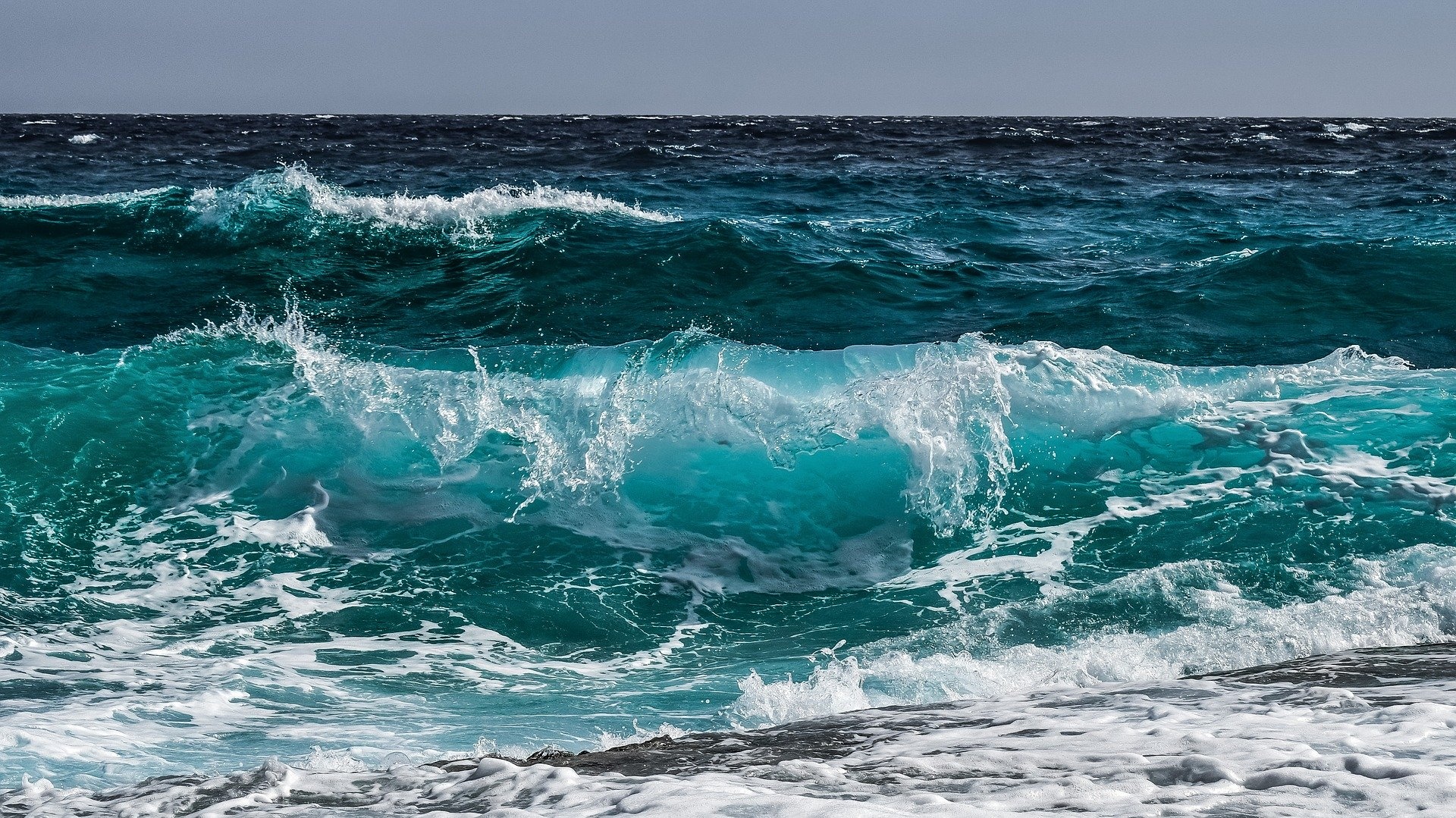Work Package 4.3

About:
This Work Package aims to understand the complex system of nutrient sources and demands, and to quantify the impact of various (agric., waste, landscape, consumption) scenarios on lives and livelihoods in SA. We will create a process-based simulation model of the region (Fig. 3) linking air, land, freshwater and marine nutrient flows and impacts based on LTLS-NEMO-ERSEM. Working with regional partners, the system will be validated with satellite and in-situ observations. It will be used to explore the impacts of urban and rural land use and climate change, following stakeholder scenario consultation (WP1.2). Outputs will help attribute the drivers of change, map indicators of water quantity and quality, drive impact models (e.g. health, fisheries, aquaculture, Harmful Algal Blooms) and value associated ecosystem services. This will inform the development of SA and national N management strategies (WP1.3). Building on partner modelling capabilities (e.g. MIKE-SHE, QUAL2Kw, WRF, FV-COM), we will nest high-resolution case study models of catchment water quality, coastal embayments, island chains (e.g. Maldives, Andaman) and coral reefs to underpin the WP3.2 investigation of the role of eutrophication in exacerbating coral bleaching & coastal impacts.
Assessment of health risks will combine analysis of clinical data, qualitative interviews with local communities and review of whether WHO guideline values are adequate (e.g. as N-nitrosamines combines with additional carcinogenic risks). Supporting data collation will consider costs of care and early detection, recognition & chronic management of N-linked disease.
Work package level Specific objectives
- To understand the complex system of freshwater and marine nutrient sources and fluxes of Nitrogen across South Asia by creating a consistent and process-based virtual model of the whole region linking atmospheric, terrestrial, freshwater and marine nutrient flows and impacts.
- To inform the development of N management strategies across South Asia by conducting model-based analyses of future scenarios (defined by WP1.2) to assess the sensitivity of terrestrial and marine nutrient fluxes and marine ecosystem response to changes in climate, land management, atmospheric deposition, population/urban growth and wastewater treatment
- To examine the effects of terrestrial and freshwater nitrogen fluxes on the coastal and marine environment including coral bleaching/greening, coastal eutrophication and oxygen depletion
- To understand how future N management scenarios could impact human and ecosystem health, and quantify the potential impact on lives and livelihoods in South Asia
- Contribute to the N-budget (WP 4.1)
- Establish a reliable basis and database for measuring N in water.
- Capacity building to develop modelling skills among South Asian partner organizations
Work package level-specific questions or hypotheses
Hypotheses:
- Proposal H5: That coupling of N flows, impact and methodologies will allow innovative fundamental and applied insights. E.g. aerial vs aquatic symbiosis; national nitrogen policy effectiveness
- Human change (pollution) will dominate climate change in the environment
Questions:
- What is the relative importance of atmospheric deposition, human waste and agriculture as sources of Nitrogen into freshwater, coastal and marine water?
- To what extent could improvements in waste-water treatment alone protect freshwater and marine ecosystems and human health?
- Do coastal wetlands reduce nitrogen pollution in the coastal waters?
- Can models be used to interpret and interpolate measurements for the present to make reliable future predictions?
- How can we most effectively improve marine and freshwater quality over the next 10, 50 and 100 years?
- What is the impact of projected climate change on N fluxes in freshwater, marine ecosystems and human health?
- To what extent could reducing freshwater nitrogen pollution mitigate against the impact of projected climate change on threats such as coral bleaching, eutrophication and human disease?
- How important is atmospheric deposition as a nutrient input into coastal and marine water (via deposition to sea vs deposition to catchment)?
Work Package Leads:
- Allen (PML)
- Ramachandran (NCSCM)
Partners:
- CEH
- University of Edinburgh
- Plymouth Marine Lab
- MNU
- National Centre for Sustainable Coastal Management
- NOC
- MEPA
- National Institute for Oceanography
- LSHTM
